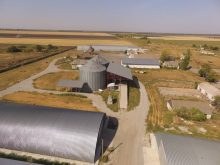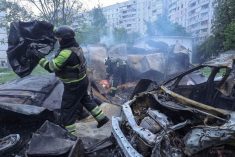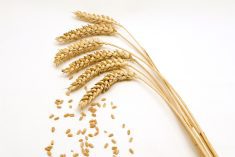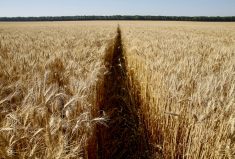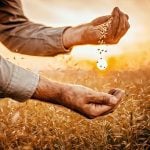Colleagues from other countries often ask me about the situation of Ukrainian farmers.
It is difficult for me to answer this question, because every farmer is in their own unique circumstances. The main thing that unites them is the understanding that life will not be the same for a long time, if ever.
To describe the situation and predict the future, I once again spoke with farmer Maxim Bernatsky, because he is one of those farmers who shape the image of Ukrainian agriculture.
Read Also
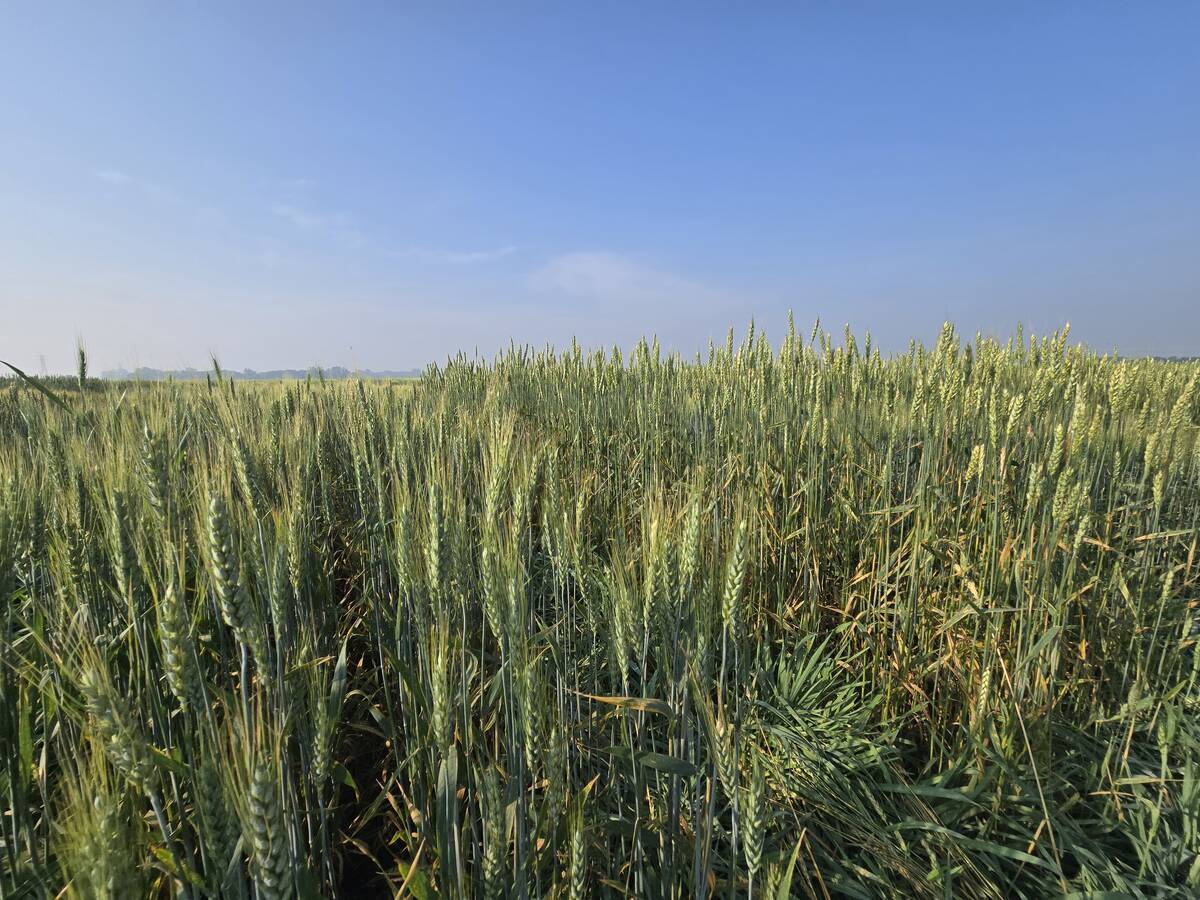
Canada’s agricultural innovation in crisis?
Experts argue that Canada’s ability to foster agricultural innovation and technology needs drastic improvement, and it needs to happen now
He is an intelligent and modern person who speaks English brilliantly and is well versed in North American crop production. With his father, he manages several farms in the Poltava region in the central-eastern part of Ukraine.
His father, Mykhailo, founded the large Rost-Agro agricultural company that farms 25,000 acres.
In the early days of the invasion, Bernatsky admits to the same emotion as everyone — mainly fear. Fear of the immediate risks. Fear for the future and the uncertainty that war brought.
“For the first two weeks, we hardly went to work because we didn’t know if it made sense,” he said. “But when we saw that our army was beating the enemy, well, we felt enthusiasm. We realized that we have to work even better than before the war.”

Bernatsky, other farmers and rural workers organized territorial defence, as did residents in other regions of Ukraine. This provided law and order in villages and towns to prevent looting and the infiltration of enemy saboteurs.
Farms like the Bernatsky’s were the best survivors of the difficult period that lasted from late February to July 2022. These farmers had invested their profits in new equipment and stockpiles of resources. In the spring, when it was difficult to buy fuel, spare parts, pesticides and mineral fertilizers, Rost-Agro had all this in stock.
Bernatsky agreed it might seem strange, but the first year of the war was mostly business as usual for his family’s farm.
“We did all the field work, applied the usual rate of fertilizers and got a normal yield,” he said, noting it was difficult but not impossible.
One decision, made early in the war, was to pay hired workers their full wages regardless of other challenges the farm might face. It was the first bill to be paid.
“This was a principled position. We wanted people to feel that our work is carried out in a normal way so that they believe in what we do,” Bernatsky said.
However, in the first half of the summer, there was concern that the company would not be able to pay rent to the owners of land it farms. The cash flow had dried up.
“It was almost impossible to sell grain,” Bernatsky said, “especially since we wanted to sell most of our harvest in April and May, so our granaries were full. And we were waiting for our army to be able to unblock the sea ports through which grain is exported.”
In August, the situation with exports slightly improved and the first ships of grain left from several Ukrainian ports.
“If in July 2022 we were offered US$170 for a tonne of sunflower seeds, then in September it will be twice as much. We were able to get money for our grain, which ensured at least a small profit,” he said.
Grain sales from last year’s harvest made it possible to purchase resources for sowing winter crops, pay land rent and increase employee wages.
“That was also a principled decision, because prices for everything, including food and fuel, have doubled in Ukraine,” Bernatsky said. “We wanted to support our workers so that they could live more or less normally.”
New problems appeared in October, when Russian missiles hit power plants and electrical transformers. For most farmers, it was more than a domestic inconvenience because they had to dry large volumes of grain, particularly corn.
“On the one hand, we were saved by the fact that all our grain dryers do not use natural gas, but straw and wood,” Bernatsky said.
“It is several times cheaper and helped us reduce the cost of growing grain. On the other hand, a modern grain dryer also requires electricity, especially for the unit that dries corn seeds. It needs 200 kilowatts of continuous power. No generator will provide that. And if your lights are turned off every three to four hours, the dryer simply cannot work.”

That was a big problem for Rost-Agro because elite corn seed is an important part of its business. It saw a sharp reduction in seed demand due to the war.
“Many of our customers work in those regions that suffered from the occupation in the first months of the war,” said Bernatsky. “Therefore, half of our seeds did not reach them. We still had a part of what was ordered and paid for of that product. We called the owners and returned the money.”
In a few weeks, Ukrainian farmers will start sowing corn, sunflower and soybeans. Bernatsky will almost completely abandon fertilizers.
“At the price that grain is now, with the huge increase in the price of resources, it makes no sense to apply fertilizers,” he said. “I do not rule out that, as a result, the yield of many agricultural crops will be lower by 20 to 25 per cent. But it will be more profitable for us.”
Fertilizer would cost US$300 to $400 an acre.
Another advantage for Rost-Agro is that it adopted zero tillage years ago, which reduces fuel costs. Bernatsky said for many farmers, the goal is now farm preservation rather than profit.
“Our colleagues will hardly use fertilizers and will sow those crops that can grow on poor soils and give even a small but stable profit,” he said.
Ukrainian farmers will use cheaper pesticides and sow their own seed. Rost-Agro will also have to reduce the area under elite seed crops, especially those it grows and markets under its own brand.
“This year I don’t see the point of investing a lot of money in this industry,” Bernatsky said. “Most likely, we will cooperate with global companies that grow seeds for Ukrainian farmers. We will be able to earn a small but guaranteed amount of money on this.”
Despite the huge financial problems experienced by every Ukrainian farmer, the Bernatsky family constantly finances the armed forces of Ukraine by providing ammunition for soldiers, pickup trucks, large trucks and more. The farmers find money for this, no matter how hard it is.
It is obvious that it will be difficult for Ukrainian farmers in 2023, but I have a feeling that most will be able to preserve their business and production.
The existence of millions of people in Ukraine and tens of millions of people in other countries depends on the normal operation of our agricultural sector.



